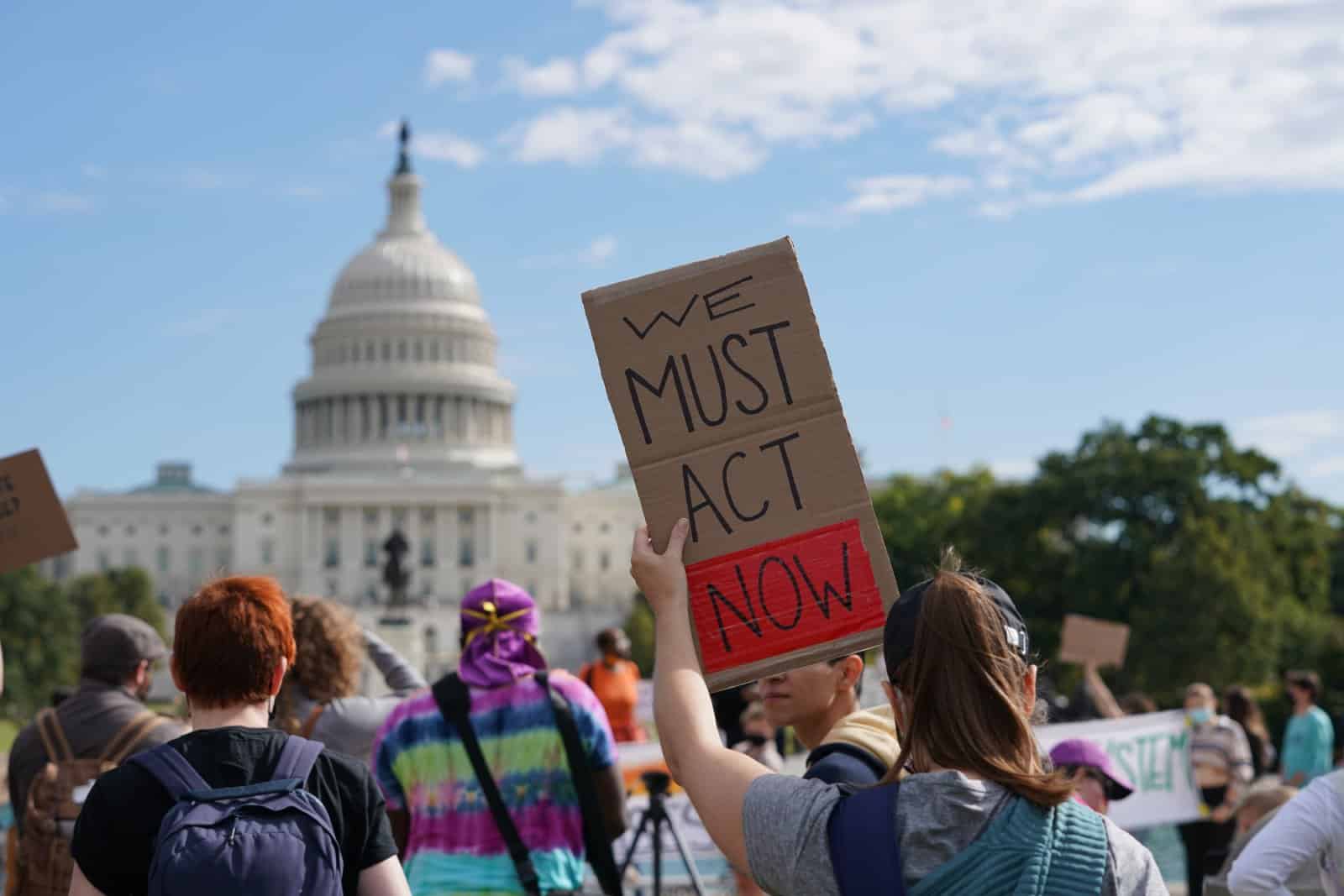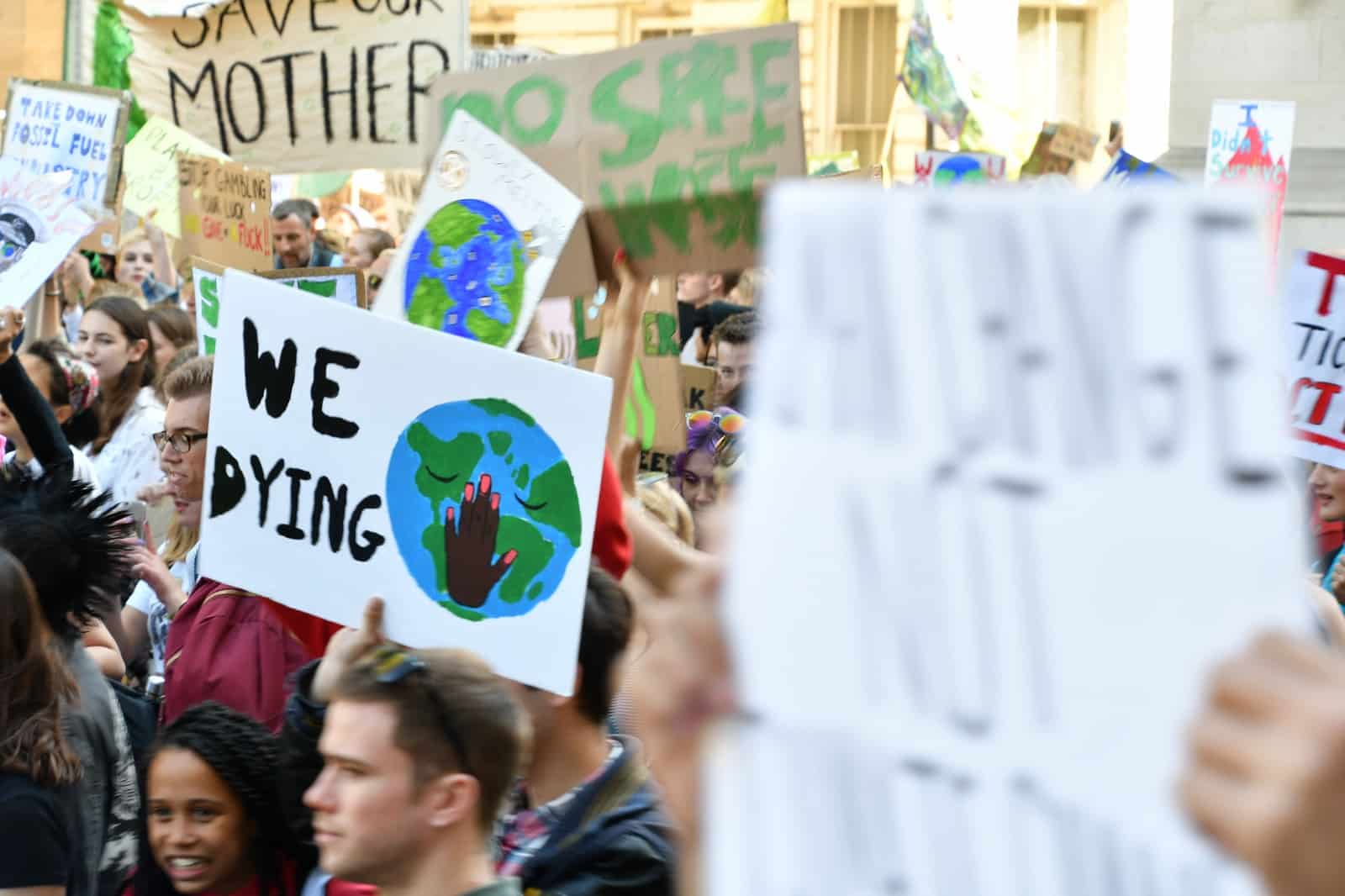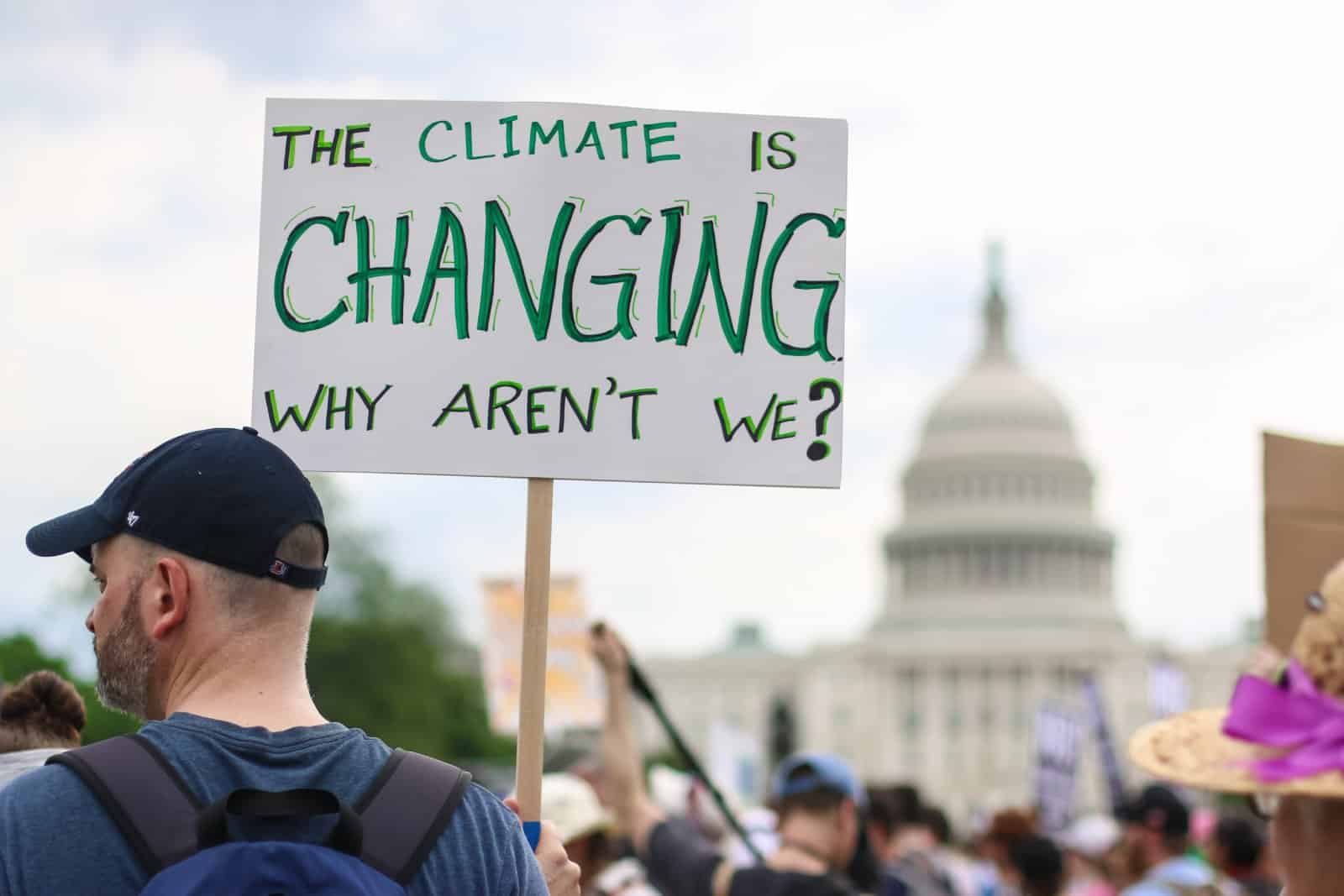Climate protests have become a global phenomenon, sparking conversations about environmental policies and the urgent need for action against climate change. While these protests aim to draw attention to crucial issues, some strategies have sparked debate over their effectiveness and impact on public support.
#1. Disrupting Daily Lives

Protests that heavily disrupt daily routines can alienate those who might otherwise be supportive, diminishing public sympathy for the cause.
#2. Negative Media Coverage

Sensational tactics can lead to negative media portrayals, which might detract from the movement’s core message and goals.
#3. Lack of Clear Demands

Without articulating specific, achievable demands, movements risk being dismissed as lacking direction, making it harder for policymakers to engage.
#4. Focusing Solely on Criticism

While it’s important to highlight issues, failing to propose viable solutions or alternatives can limit a movement’s constructive impact.
#5. Alienating Potential Allies

Some tactics might alienate businesses, governments, and individuals who could play a key role in driving environmental change.
#6. Overlooking Local Contexts

Global movements must adapt their message to local contexts and challenges, or risk their message being lost in translation.
#7. Underestimating the Power of Dialogue

Prioritizing protest over dialogue can sometimes close off avenues for negotiation and collaboration with key stakeholders.
#8. Risk of Echo Chambers

Focusing communication within tightly knit communities can limit outreach and engagement with a broader audience.
#9. Neglecting Incremental Change

Dismissing smaller, incremental changes in favor of radical transformation can undermine progress that is achievable in the short term.
#10. Overreliance on Social Media

While powerful for spreading messages quickly, social media activism alone cannot substitute for on-the-ground organizational work and policy engagement.
#11. Simplifying Complex Issues

Oversimplification of complex environmental issues can lead to misunderstandings and detract from effective advocacy.
#12. Ignoring Diverse Voices

Failing to include a wide range of perspectives, especially from marginalized communities, can limit the movement’s inclusivity and relevance.
#13. Blaming Without Offering Solutions

Constantly blaming certain sectors or groups without engaging them in finding solutions can perpetuate division and resistance.
#14. Underestimating Educational Efforts

Not investing enough in educational initiatives can miss opportunities to inform and empower future generations about climate action.
#15. Neglecting Self-Care

Activist burnout is real; neglecting the well-being of protesters can diminish the movement’s long-term viability and effectiveness.
The Bottom Line

In conclusion, while climate protests play a vital role in highlighting the urgency of the climate crisis, the effectiveness of these actions can be significantly enhanced through strategic planning, inclusive dialogue, and constructive engagement.
By refining their approaches, climate activists can build broader coalitions and drive meaningful change more effectively, ensuring that the momentum for environmental action continues to grow.
10 Worst Places to Live in the UK Today

Here’s a look at the 10 worst places to live in the UK, based on statistical analysis and local sentiment, to help you understand the challenges residents may face in these areas. 10 Worst Places to Live in the UK Today
“We Will Never Come to Help You” – Trump’s Hurtful Words Raise Concerns About EU Firepower

It was revealed in a conference in Brussels that former President Donald Trump said in 2020 that the US would “never help” Europe if it was attacked. Now, European nations are grouping to commit more firepower to combat Putin’s threat to democracy. “We Will Never Come to Help You” – Trump’s Hurtful Words Raise Concerns About EU Firepower
Brexit Fallout: 20 Ways the EU Is Falling Apart Without the UK

Since Brexit, the EU has been grappling with multiple crises and internal conflicts. Can the bloc hold itself together in these turbulent times? Brexit Fallout: 20 Ways the EU Is Falling Apart Without the UK
The post Overheated: 20 Ways Climate Protestors Are Losing Public Sympathy first appeared on Edge Media.
Featured Image Credit: Shutterstock / Diana Vucane.
For transparency, this content was partly developed with AI assistance and carefully curated by an experienced editor to be informative and ensure accuracy.
Sarah Griffin is an experienced writer known for her incisive analysis of UK politics and human rights issues. Her work blends depth and clarity, providing insightful and often satirical commentary on the contemporary political landscape

